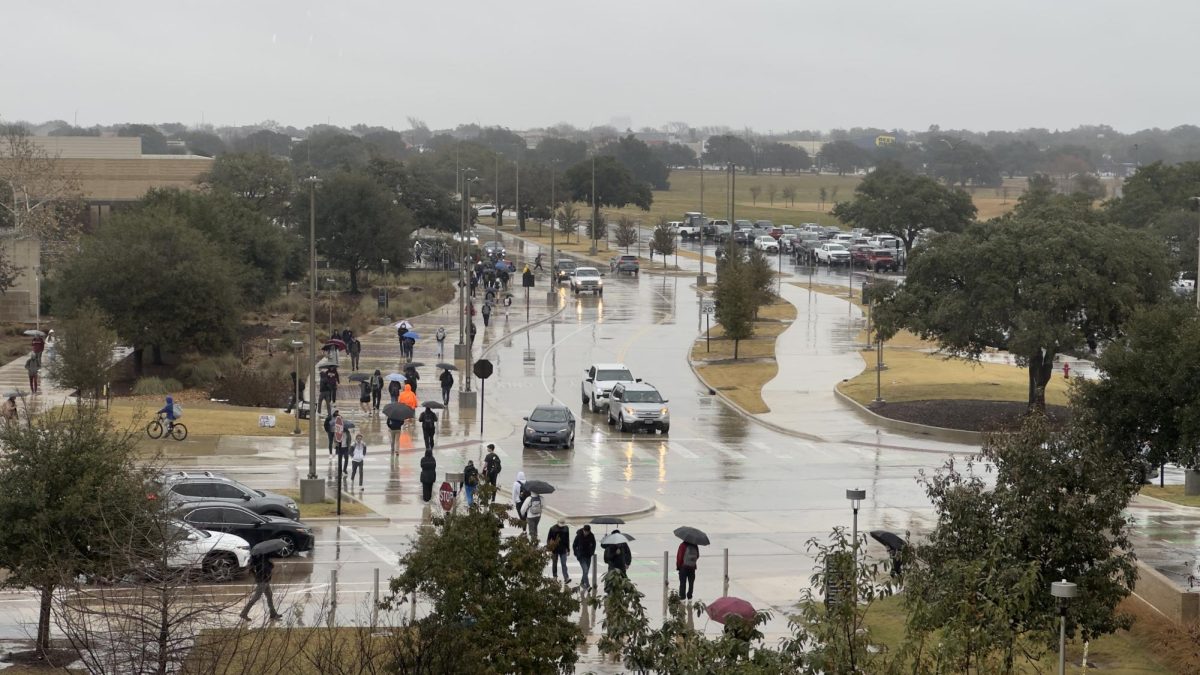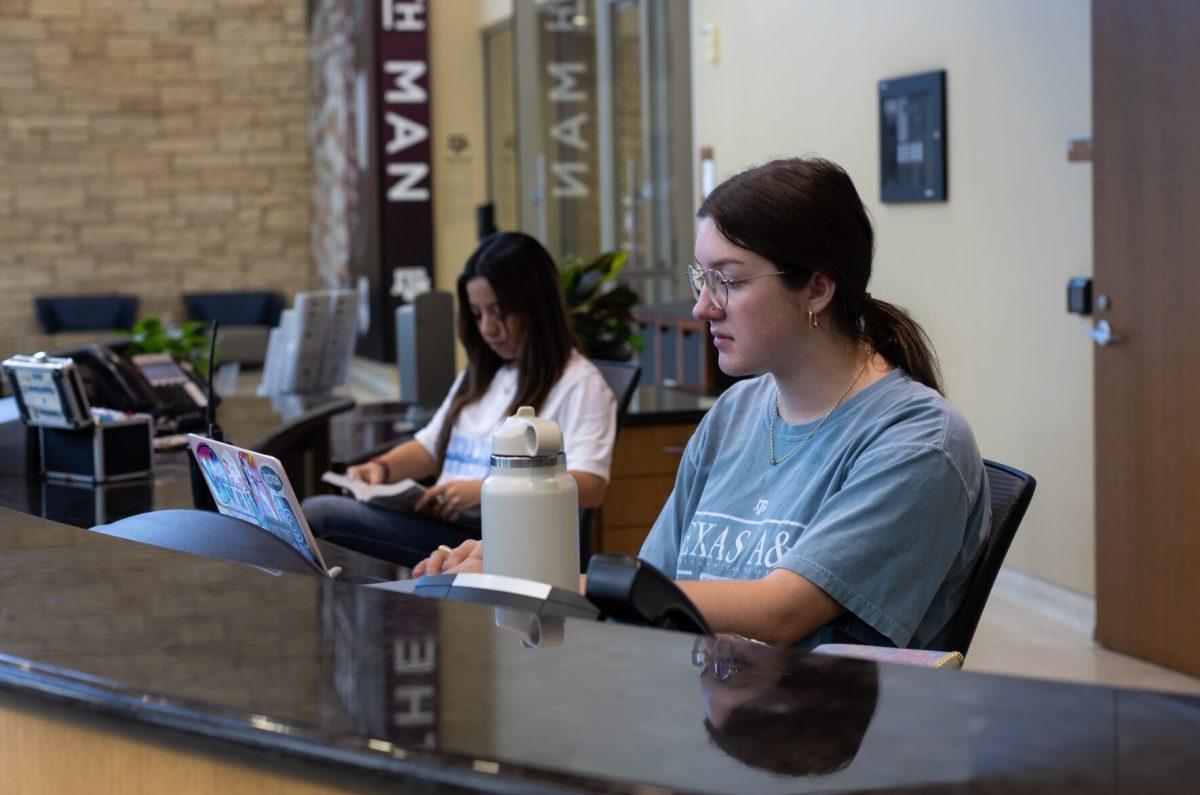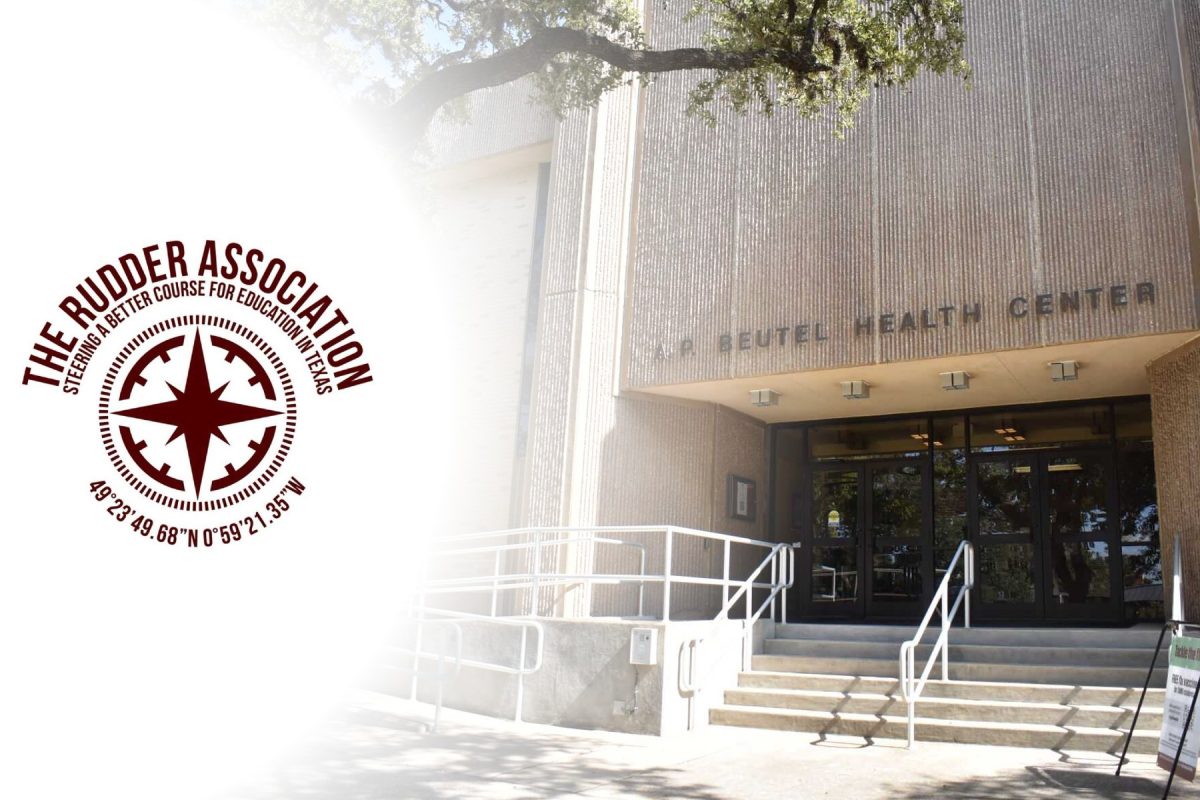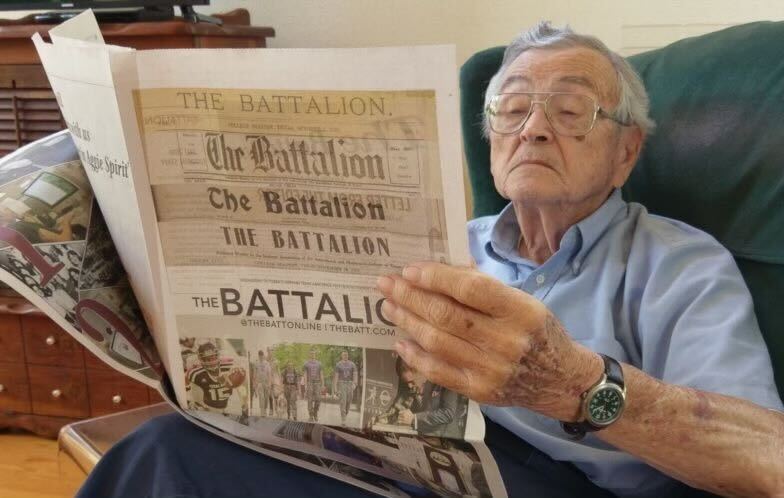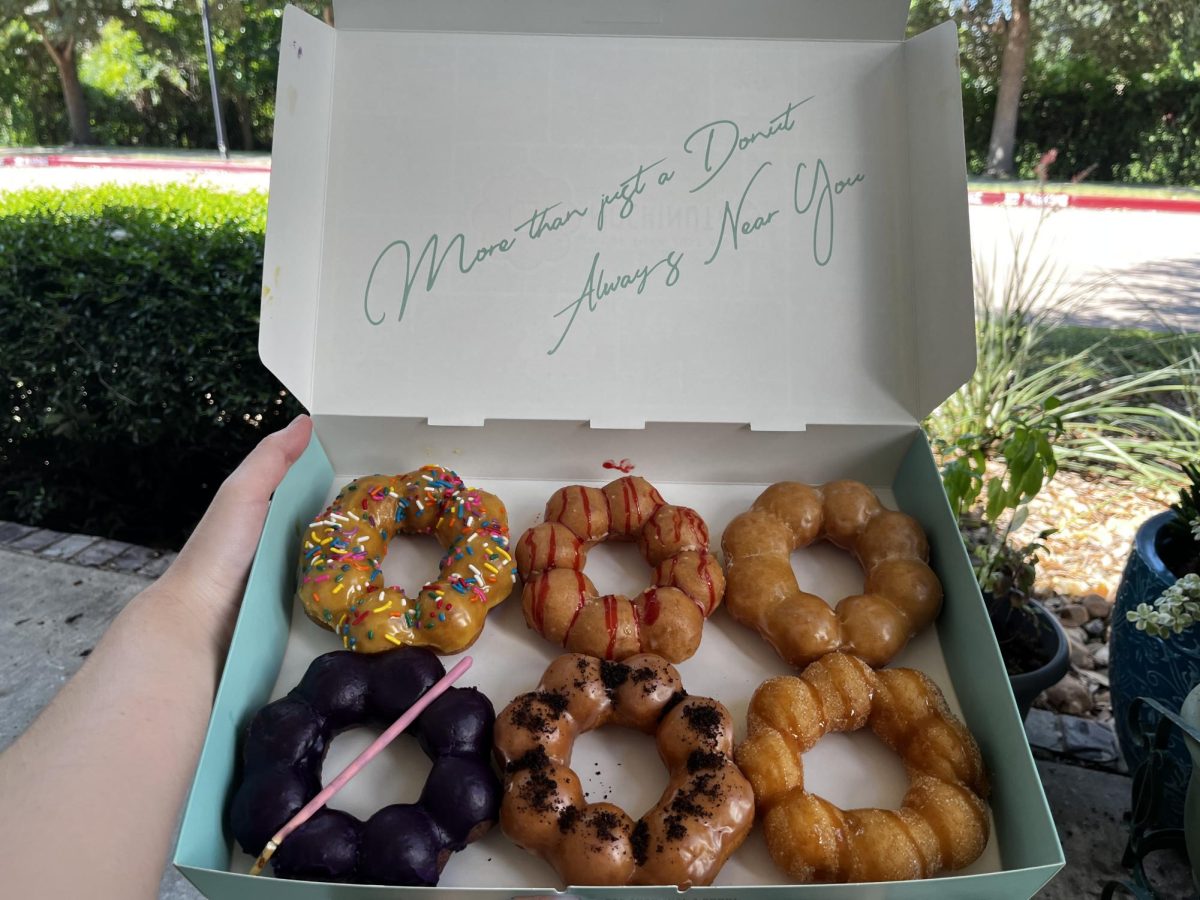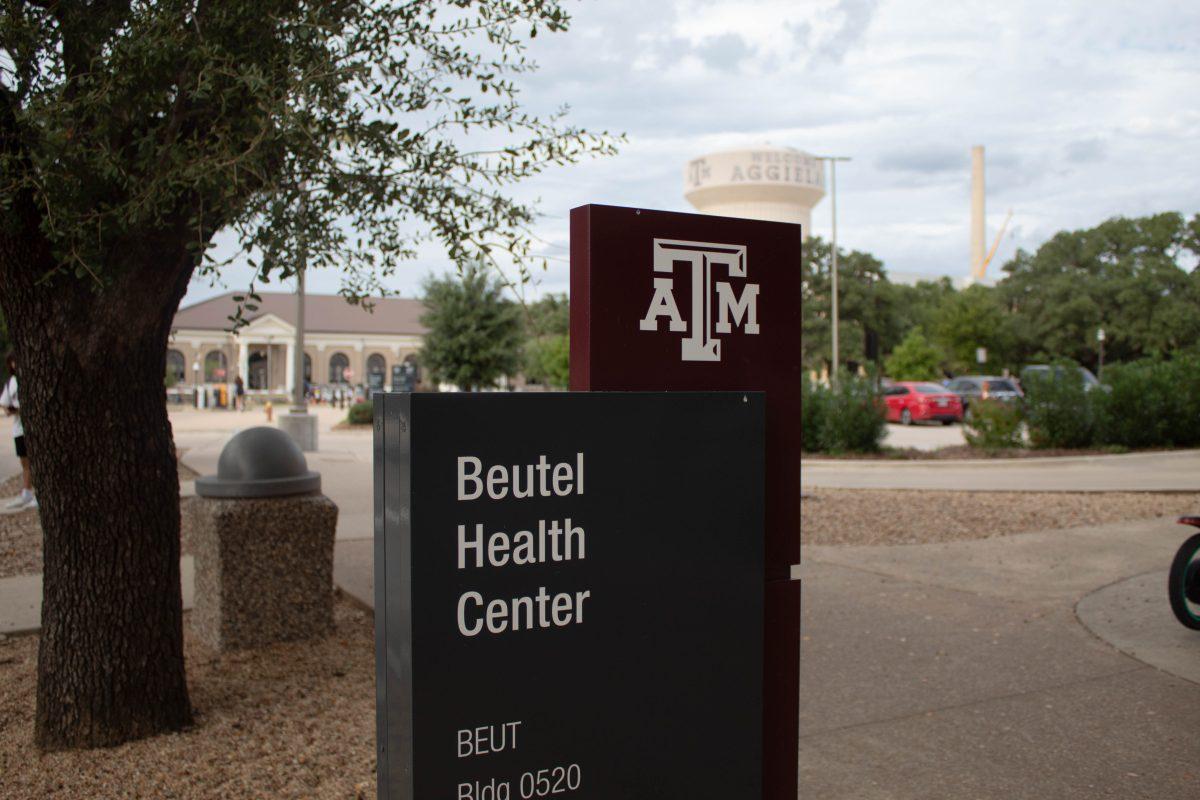Standing within the Pavilion on its polished tile, students wouldnt begin to believe the very ground they walk on used to be covered in dirt and was walked on by a variety of unique animals. The Pavilion, a central piece of A&Ms locale where students go to for financial matters and food, actually garnered its name from its past use: a livestock pavilion.
In the Evans Library Map and GIS department, compiling this type of data for its Historic Aggieland project and presenting it in a useful form for the public has become a daily activity for the coordinators and students.
At Texas A&M, the Universitys connection to its past is a large piece of its tradition and spirit. The Historic Aggieland online interface allows students, alumni and curious members of the public to view the campus from its birth in 1876 to present day through a series of maps, aerial photos and pictures.
Our mission is to fuel discovery, Project Manager Miriam Olivares, Class of 2002, said. The data is available 24-7. This information can be used to connect the past with new generations.
The project team digitized nine aerial photographs and one hand-drawn map of A&Ms campus, geographically referenced them on a current digital atlas and then added different colored dots, each representing a building constructed for the University, to show the evolution and expansion of Texas A&M from its founding till present day.
The separate colors of the buildings are to distinguish between the five eras the structure was raised, ranging from The Early Years (1875-1914), the Rudder Era (1946-1976) and Modern Times (2000-Today). A majority of the buildings allow for one to view old pictures, courtesy of the Cushing Library, from when they were established or renovated, giving the map depth.
Many agencies, such as the city of College Station, have interactive [online] maps so they can show the data to the citizens. They focus on current data, Olivares said. The [Historic Aggieland] collection is special in the sense that it is putting together all the historic archives for people to use.
Compiling all the pieces of the massive data infrastructure used in the project and then inputting it into formerly unknown system software has taken the Map and GIS department well over a year. The product allows current and future Aggies to see campus as their parents or grandparents did, something almost no other university in the country can offer.
The old Ags come and see [the system] and get fascinated with the fact that they can remember things by looking at pictures, Olivares said.
The project has become yet another outlet alongside social media for Aggies to share their experiences with others.
The more that people see this, [the more] theyre going to want to tell us all their stories, Project Director Kathy Weimer, Class of 1987 said. Hopefully, the social media aspect [amongst Aggies] will help us fill in more details.
The project remains in its youngest stages of development, meaning Historic Aggieland holds delicate plans for future applications of their system. A popular one among the staff is an app for mobile phones that permits users to literally be able to view buildings in their former glory, utilizing the camera as a virtual lens into the past.
Furthermore, the system has the future capability to assist students in finding certain buildings and plotting quicker, more efficient routes around campus.
I can always use a more technological way to find obscure buildings or better routes around campus, said Austin Smith, a senior biomedical engineering major. If I can use my phone to plan my quickest way back home, then why not to make sure I get to class on time?
With A&M continuing to expand its campus, the Historic Aggieland project will continue to be a single ongoing update. The groundwork laid by the Map and GIS department, however, will serve as another reminder of the deep-rooted history and spirited traditions Aggies cherish.
Digital History
October 18, 2012
Donate to The Battalion
Your donation will support the student journalists of Texas A&M University - College Station. Your contribution will allow us to purchase equipment and cover our annual website hosting costs.







